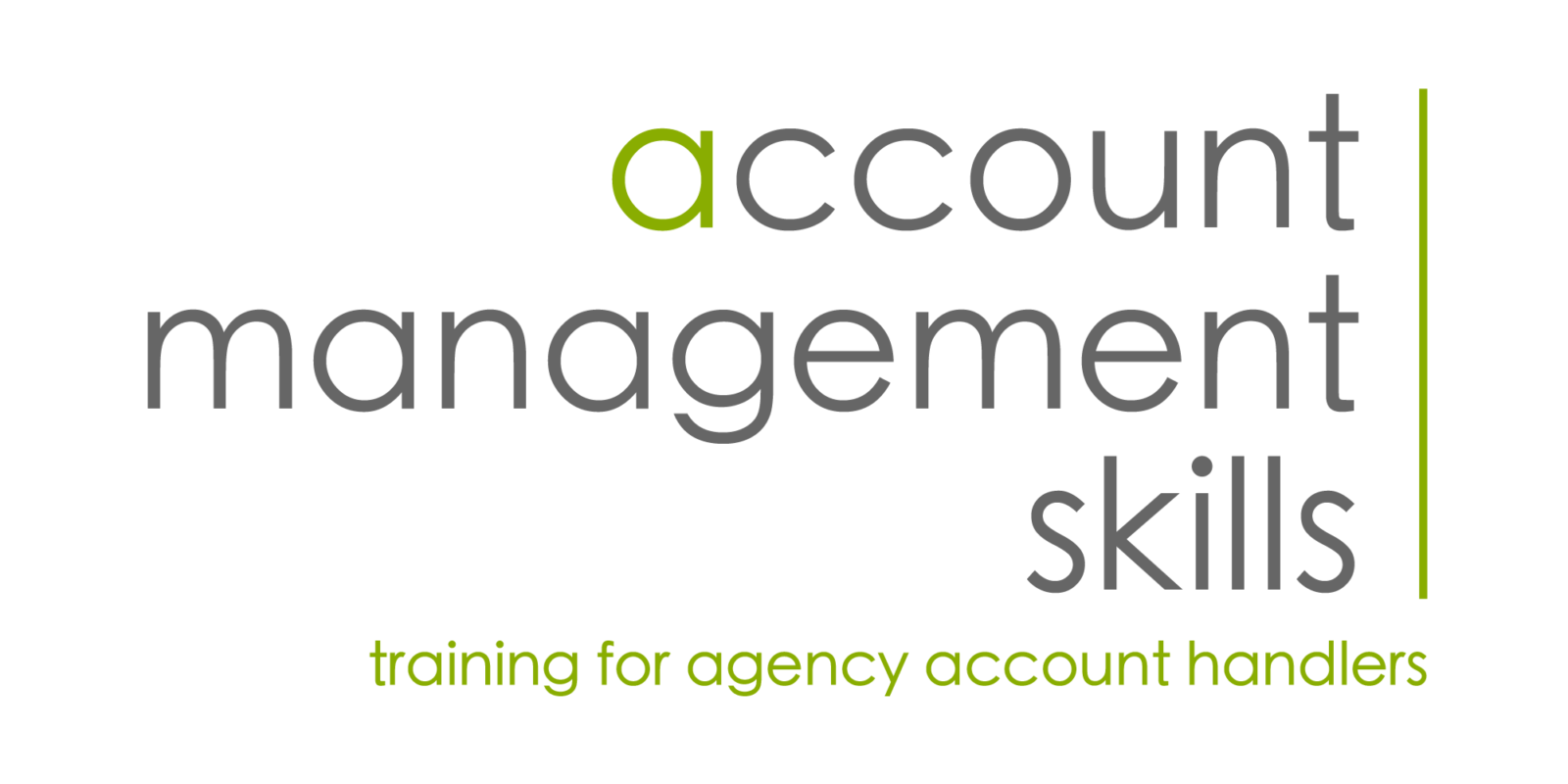
The iconic book “The Trusted Advisor” by David Maister and Charlie Green, contained an equation for trustworthiness:
Trustworthiness =
Credibility + Reliability + Intimacy
————————————-
Self-orientation
It’s a useful “north star” for account managers charged with building strong client relationships.
In fact,
“I used to think great work leads to a great relationship, but I realised clients can still despise you to the point of firing you. So I discovered a great relationship leads to great work”
AI and account management
Right now it’s essential to build trust because among other uncontrollable market forces impacting the agency business, we have the disruptive emergence of generative AI which means:
- Clients are looking at how AI can help with cost savings and marketing efficiencies –ultimately this could reduce spend with agencies as they take certain tasks in-house. This means we need to be more relevant and useful than ever!
- No-one knows how AI will impact the workplace but you can’t escape seeing headlines about jobs being replaced/changed by generative AI in the near future.
- Conversations are already happening in which clients are asking account managers questions about AI. Here’s a recent scenario I’ve come across:
An Account Manager client of mine delivered a series of engaging copy lines to the client’s brief. The client was so pleased with the lines they wanted more but didn’t have the budget. So they asked the agency to provide the prompt that would provide the copy lines from ChatGPT so they could generate more themselves.
Using AI tools to help build trust
So how can account managers use AI tools to build trust and relevance?
Let’s break the equation down and explore a selection of AI tools:
The ‘rational’ equation components i.e. they’re easier to measure:
- Credibility (the way you demonstrate subject-matter expertise)
- Learn about the client’s business quicker than ever – ChatGPT can help you with client research and if you upload a PDF of the client’s latest report and accounts, ChatGPT 4 Code Interpreter can help you analyse the data, summarise and then visualise it quickly into succinct graphs.
- Learn about your agency’s specialism faster – Glasp will help you consolidate your learning from different online sources e.g. take any youtube video and summarise it into succinct bullet points. Game changing!
- Ask great questions (to define your client’s problem) – again using Claude 2, Bard or ChatGPT will help you come up with great questions for your next client meeting to demonstrate your credibility.
- Reliability (do what you say you’ll do consistently)
- Efficiently follow up meetings and learn your client’s language. If you want to be professional and consistent, recording and transcribing your calls with AI tools such as Fireflies will aid you in sending succinct summaries with action points after every call.
- Be very organised to ensure you’re reliably on the front foot with projects. Apart from the usual calendar time blocking techniques, planning a week in advance and turning off pop-ups to help you focus, you can also use AI tools such as Todoist to organise your workload.
The ‘most important’ part of the equation:
- Intimacy (your client’s comfort level that they can be vulnerable with you)
- Get better at being vulnerable e.g. admit when you don’t know something
- Get better at your communication skills; listening, being curious and leaning in. Understanding your client’s preferred communication style will help you navigate client interactions – Crystal Knows is an AI tool that works with LinkedIn to help you understand how your client prefers to be communicated with. Poised is an AI tool to help you guide your communication with clients and can detect when you’re not asking enough questions, listening and your energy is low.
The ’most difficult’ part of the equation:
- Self-orientation (Your client’s perception you care and if you’re paying attention to them – the higher your self-orientation the less your client will trust you)
- Always be curious, calm and pay full attention to your client
- Check understanding at every opportunity e.g. co-create briefs to ensure a shared understanding of outcomes, send meeting agendas in advance and align expectations at every touchpoint.
- Don’t be distracted and salesy.
Hope that provided some food for thought.
